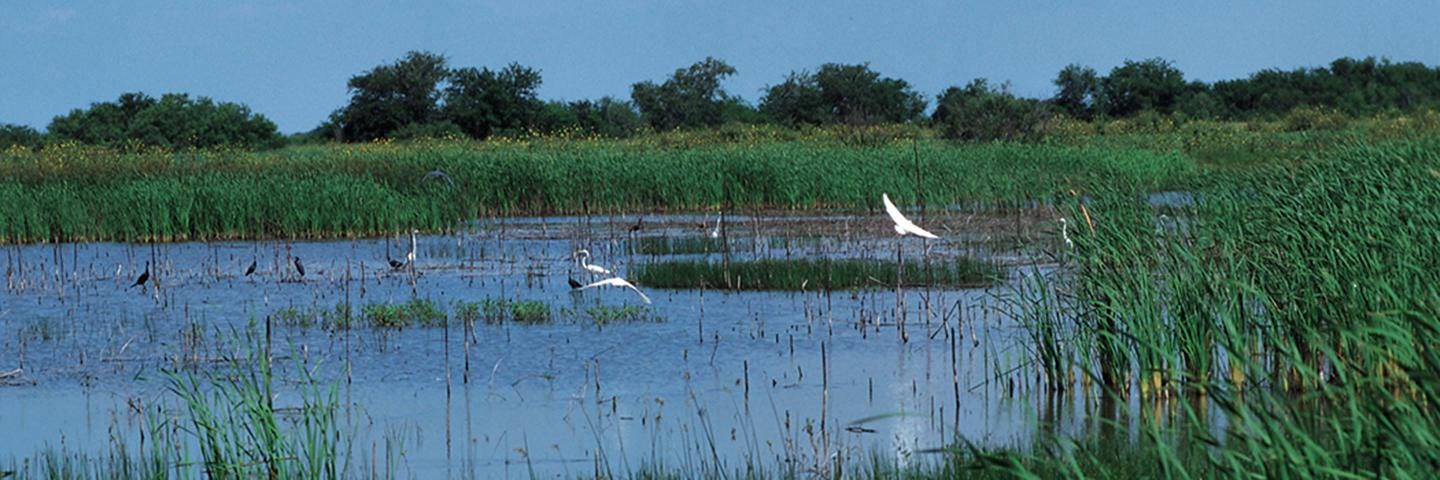The fix is in, unless...
Is there a future for Iowa wetlands?
According to Iowa State University, wetlands covered 25 percent of Iowa until 95 percent of the 4-6 million acres were drained for agriculture. Today, only 1.2 percent of the state’s surface area can be called a wetland.
A wetland featured by the U.S. Department of Agriculture in 2022 when it announced a $5 Million Wetland Mitigation Banking Program. In …
Keep reading with a 7-day free trial
Subscribe to Iowa Public Policy Dude to keep reading this post and get 7 days of free access to the full post archives.


